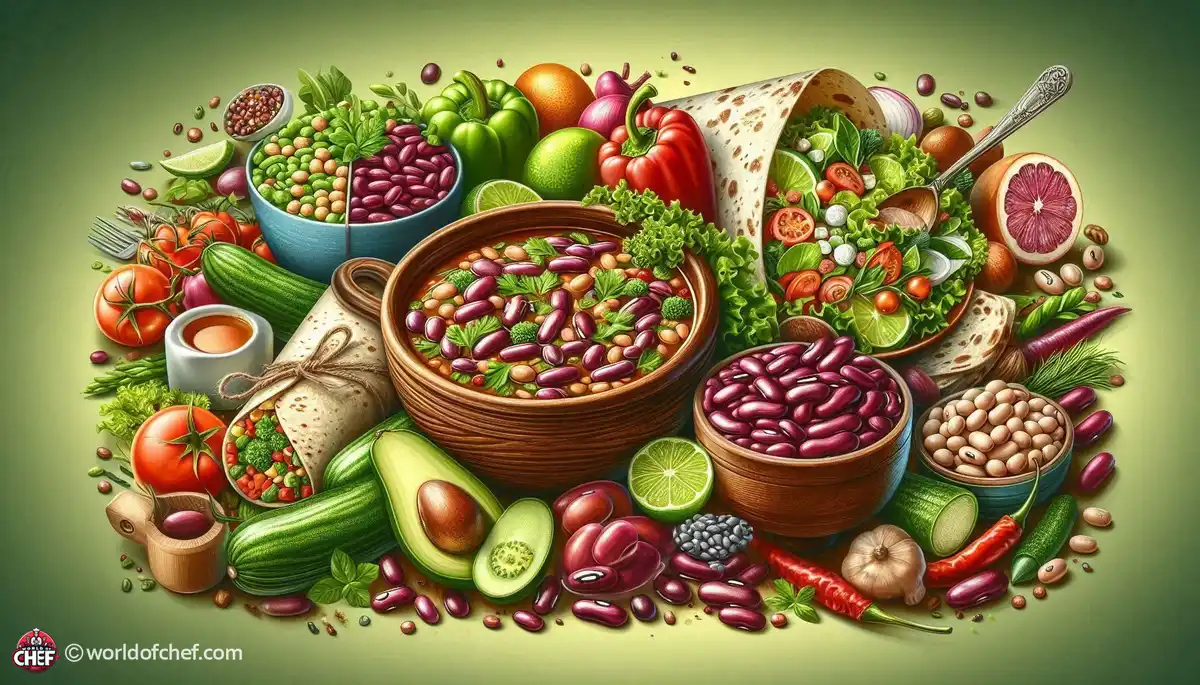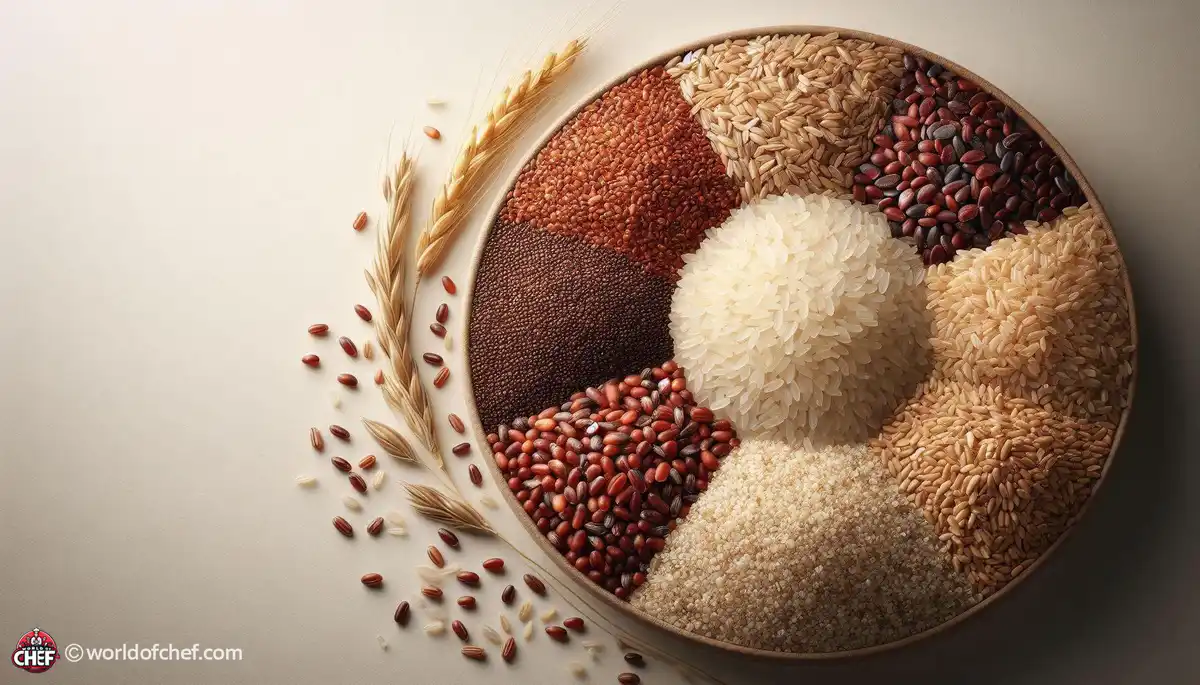
Unveiling the Power of Cruciferous Vegetables in Cancer Prevention
Eloise Jester - Mar 26, 2025 - 8 min read


Sea vegetables, more popularly known as seaweeds, have been part of many cuisines along the coast for thousands of years. Records indicate that several cultures such as the Japanese, Chinese, and Native Americans added sea vegetables to their meals. The use of Seaweed traces its first usage to ancient China through the benefit it bestowed; both for medicinal purposes, and in nutrition. However, Japan is said to have adopted the intake from thousands of years back for varieties like nori and kombu that appeared prominently in various dishes of conventional diets. Changes in Consumer Habits
Sea vegetables were once the privilege of coastal communities, but in recent years, they have become mainstream across the globe. This is primarily due to awareness of the Health Benefits that sea vegetables can offer, as well as how versatile they are in their preparation and their sustainability relative to land-based vegetables. Today, sea vegetables not only give off a savory umami flavor but are also highly prized for the richness of nutrients they hold, such as vitamins, minerals, and antioxidants.
Increased demand for sea vegetables propels the ever-growing love for them. Modern sea vegetable cultivation techniques are likewise being developed in response to consumer demands. Some are harvested directly from natural rocky coastlines and tidal pools, while others are raised through aquaculture methods. Seeding, cultivation, and harvest under controlled marine environments make up the type of technique applied depending on the specific seaweed variety and prevailing environmental conditions. These practices ensure that not only will there be a steady supply of good quality sea vegetables, but also contribute to sustainable harvesting that can protect marine ecosystems.
Sea vegetables are well-known for their high nutritional content, making them a treasure of essential vitamins, minerals, and other nutrients. The iodine content is very high in sea vegetables and is necessary for the functioning of the thyroid and metabolic processes. Sea vegetables also contain vitamins A, C, E, and K along with minerals such as calcium, magnesium, and iron. They are also a good source of dietary fiber, which helps to support digestive health and can contribute to lowering cholesterol levels.
Adding sea vegetables to one's diet can give one a wide range of health benefits, from immunological enhancement to skin conditions. The antioxidants in the sea vegetables reduce oxidative stress and inflammation in the body; therefore, they are recommended to reduce the risk factors for chronic diseases such as heart disease, cancer, and diabetes. Additionally, because some seaweeds possess compounds like fucoidan and alginate that are thought to have possible anti-inflammatory and anti-cancer effects.
Besides food security, sea greens have a prominent role in ensuring environmental friendliness. Compared to ground-based agriculture, seaweeds do not require much freshwater, arable lands, or fertilizers hence a very sustainable food activity. In addition, various seaweeds can seize carbon dioxide in the ambient atmosphere and nitrogen in water to reduce climate change factors and ocean acidification problems. Increased use of sea vegetables promotes sustainable food systems and maintains marine ecosystems.
Sea vegetables are most interesting for their versatility in the kitchen. From traditional Japanese sushi rolls to modern Western salads and soups, seaweeds can be used in a wide variety of dishes to add depth of flavor and nutritional value. Nori sheets are most often used to wrap sushi rice and fillings, but kombu and wakame are highly valued for their ability to add savory umami notes to broths and stews. On the other hand, dried seaweed flakes can be added on salads, rice bowls, or roasted vegetables for that nutritional hit.
Seaweed is known for having distinct flavors, yet these have been balanced out with salty, sweet, and savory undertones in such a delicate manner to be termed umami. The fifth taste sensations have the effect of adding layers and depth to food that even the experience of the overall dish is all the more delightful. Kombu is used in Japanese culinary to prepare dashi for a rich broth, to which most soups and sauces and simmered food are added. Similarly, the salty taste of nori makes sushi and food with rice more savory whereas the slightly sweet wakame makes seafood and bean curd recipes tastier.
Although sea vegetables are commonly associated with Asian food culture, they are gradually and steadily becoming popular worldwide, compelling innovative chefs to try more unusual Flavor Combinations and kitchen techniques. For example, European chefs now add dried seaweed flakes to bread dough and pasta recipes to add a subtle oceanic flavor. Seaweed salads and snacks are becoming increasingly popular in North America among the health-conscious consumer seeking nutrient-dense alternatives to the traditional snack. As knowledge of the culinary potential of sea vegetables spreads, we can expect to see even more innovative uses in kitchens around the world.
Throughout history, sea vegetables have held significant cultural and symbolic meaning in various societies around the world. Seaweed in Japan plays a very important role in religious and ceremonial affairs. It is symbolic of longevity, prosperity, and good fortune. For instance, wakame has been used as a food for weddings and other celebrative occasions to symbolize fertility and happiness. In Celtic folklore, seaweed is believed to have magical powers and was used in rituals to ward off evil spirits and heal diseases.
In many coastal communities, the harvesting and preparation of sea vegetables are steeped in tradition and custom passed down through generations as cultural heritage. For example, in Ireland, the culture of gathering edible seaweeds dates back centuries. Dulse and carrageen moss are some of the main varieties that feature prominently in traditional Irish cuisine. On the coastline of South Korea, cultivation of seaweed was their main activity for decades by generations, and all used the sea as the family's main source of life.
With the passage of time and our advancement, sea vegetables are of the highest cultural importance with influences toward global food. This increases the demand for seafood with a growing interest for cuisines, especially of sea based dishes and products within culture boundaries of chefs, manufacturers, and consumers of recent years. From sushi restaurants in Tokyo to health food stores in New York City, sea vegetables have become the symbol of culinary innovation, environmental stewardship, and cultural diversity. Allowing the richness and cultural depth of sea vegetables honors the heritage of the past while sculpting the future of food.

Eloise Jester - Mar 26, 2025 - 8 min read

Wayne Tobar - Mar 23, 2025 - 6 min read

Harold Turcios - Mar 19, 2025 - 7 min read

Nevaeh Zeng - Mar 16, 2025 - 6 min read